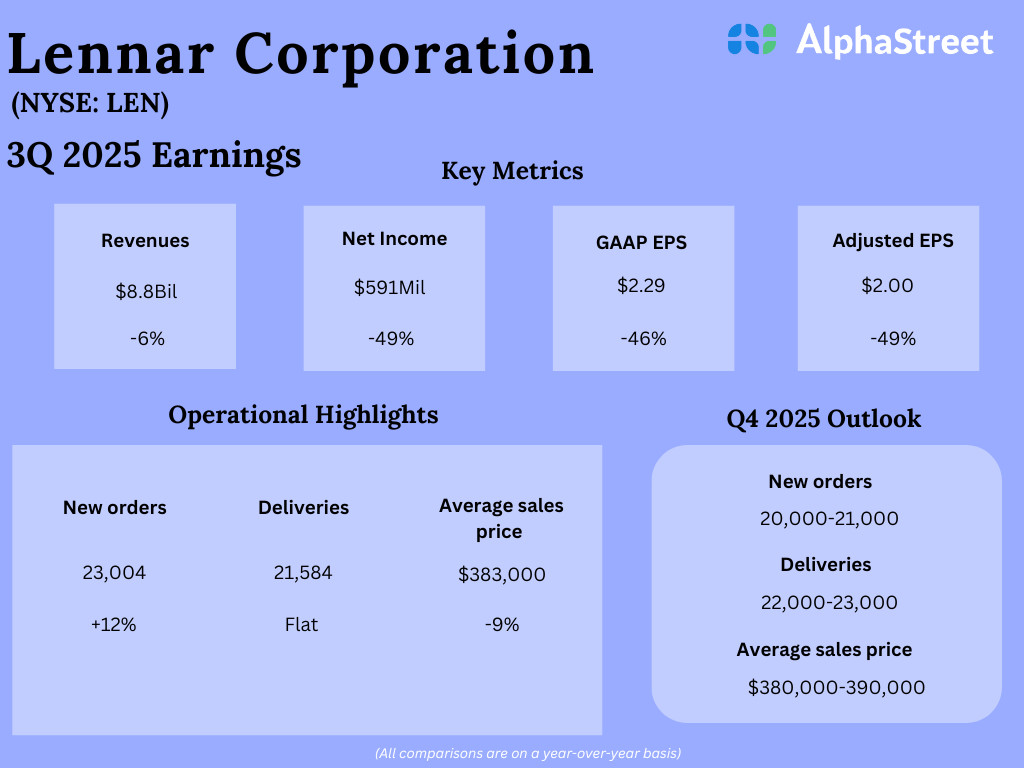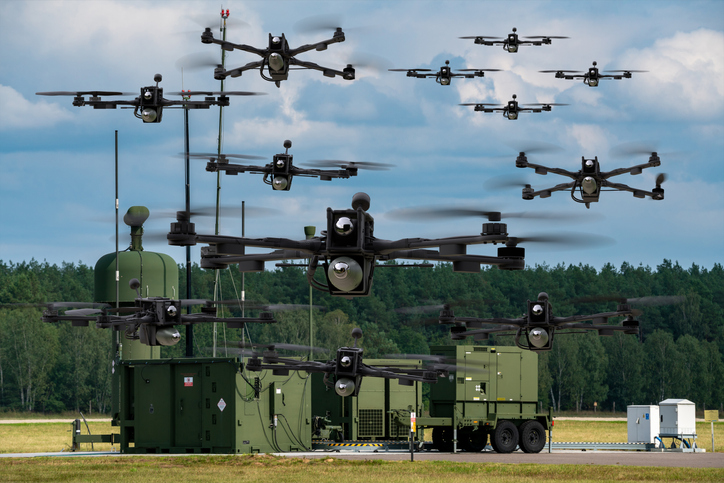The father of special purpose acquisition companies (SPACs) was recently on the Lex Friedman podcast eliciting sympathy from the audience by talking – in that soft-spoken voice – about how difficult his upbringing was. It’s a shame he wasn’t confronted about how much damage he did to retail investors while amassing his wealth. Mr. Palihapitiya joined the billionaire club while claiming to democratize access to wealth when the exact opposite was happening. We sounded the alarm when the first SPAC offering debuted and have warned about them ever since. Retail investors always get the short end of the stick, and distributed manufacturing SPACs were no different.
3 Distributed Manufacturing SPACs
Fast Radius Stock
Last year, we published a piece titled Protolabs Stock vs. Xometry Stock. And the Winner Is? which looked at five distributed manufacturing companies, three of which debuted as SPACs.

One of these was Fast Radius (FSRD), a company that Palantir (PLTR) invested in at a valuation of $1.4 billion. Just last week, Fast Radius filed for bankruptcy which has Palantir shareholders asking some questions. Indeed that’s something we warned about back in August 2021 in our article on Stocks That Hold Bitcoin On Their Balance Sheets. Palantir has no business investing in risky SPACs when they should be focused on developing their software platform. The $20 million Palantir invested in Fast Radius is now worth $280,000, a loss of nearly 99%. The potential revenues that came along with that transaction have vanished as well.
Shapeways Stock
The second worst-performing distributed manufacturing stock, Shapeways (SHPW), has lost 94% of its value as management focuses on achieving profitability with the $50 million in cash on hand. Having burned through $3.5 million last quarter, they have a runway of around three years. A gross margin of 51% means there’s potentially a profitable business in there somewhere, but the company has become so small it’s hardly something we’d ever consider investing in. Management also needs to explain why they promised $86 million in revenues for 2022 but won’t even come close to that based on the top end of their Q4-2022 guidance.

An inability to grow revenues, and a management team that can’t keep their promises, means this $30 million company now needs to contend with potentially being delisted.
Fathom Digital Manufacturing Stock
The third distributed manufacturing stock on the list – Fathom Digital Manufacturing Corporation (FATH) – lost just 75% and still commands a $334 million valuation. Revenues aren’t what was promised on the SPAC deck, but at least there is some growth happening (below we’re using the high end of Q4-2022 guidance to estimate 2022 total revenues).

Last week, Fathom announced a goodwill impairment charge of $1 billion which resulted from more than a dozen acquisitions. Management is clearly not very shrewd at the negotiating table since the businesses they’ve acquired haven’t realized the growth they were expecting. Yes, we know, the Rona.
The latest earnings deck points to the company having liquidity of about $31 million – $8 million in cash and $23 million in an undrawn revolving credit line. While most SPAC projects left the acquired company with a large war chest of cash to weather the bear market, Fathom has little to show for their efforts. Revenue growth has been stagnant over the past six quarters with 2022 expecting year-over-year growth of about 7%. At least that’s better than Protolabs, a company we wrote about just days ago in a piece titled Is It Finally Time to Sell Protolabs Stock? The answer is unfortunately yes, which leaves us with the company that stole Protolabs’ leadership crown – Xometry (XMTR).
Xometry Leads in Distributed Manufacturing
The biggest news since we last looked at Xometry was their acquisition of Thomas Publishing Company which is now reflected as its own segment that’s defined as “Services:”
Supplier services revenue includes the sale of marketing and advertising services, and to a lesser extent SaaS based solutions, the sale of supplies and financial service products.
Credit: Xometry
The legacy business is labeled “Marketplace Revenue” and makes up the majority of total revenues (around 80%). Over the last quarter, the Services business had a gross margin of 78.5% compared to Marketplace at 30% giving the company a blended gross margin of nearly 40%. Based on the midpoint of 2022 guidance they’ll see year-over-year growth of about 77-78% which is quite respectable considering the macroeconomic headwinds affecting all firms in today’s bear market. The land-and-expand strategy appears to be working well as they’re steadily growing the number of clients paying more than $50,000 a year.

After growth, our biggest concern is that Xometry moves towards profitability so they don’t need to sell shares or issue debt to fund operations. Early this year they issued convertible notes due 2027 which raised $287.5 million giving them cash and marketable securities of around $341 million. The last four quarters they averaged around $19 million in losses per quarter, so that gives them a runway of over four years. Below you can see the quarterly trends moving in the right direction with revenues growing and losses being reined in.

An AI Adjustment
Xometry’s earnings call last week talked about an unexpected change in a key metric for the company – the amount of time it takes for a supplier to accept an order. Here’s how the process usually works:
- A Xometry customer requests a quote from Xometry for 12 custom-designed brass bongs
- The Xometry AI algorithms provide a competitive quote immediately while taking into account all the big data they generate over time
- Xometry customer accepts the quote
- Xometry offers the job to the more than 600,000 manufacturers (in the U.S. alone).
- Presumably, they adjust the price downwards until a supplier accepts. The acceptance of that job is happening 36% quicker.
This means cost-of-goods-sold are falling for Xometry since quicker acceptance implies a willingness to do the work for less. As costs fall, Xometry’s AI algorithms start to lower future customer quotes in response. That drop in bid prices is now being reflected in lower revenues, and Xometry believes this will balance out by early next year. The company says, “the combination of pricing optimization and higher order frequency will grow our revenue per buyer in early 2023” which implies that lowering costs will attract more customers.
Protolabs talks about how they need to respond to pricing pressure while Xometry’s AI algorithms just make that happen in real-time it seems. If Xometry can compete on cost as market forces demand, they should be able to steal market share from competitors that can’t. This also shows how suppliers – the small machine shops doing all the work – have a strong control over price based on their willingness to accept Xometry’s jobs.
Conclusion
3D Printing is one of those technology themes that never realized the potential investors imagined. Metal 3D printing has experienced decent adoption, while the distributed manufacturing theme started out with Protolabs in the lead until their revenues stagnated. Now, Xometry appears to be on the cusp of surpassing them. With enough money in their coffers to survive for several years, Xometry will be in a great spot if revenues continue growing in the face of macroeconomic headwinds while profitability is achieved in the second half of 2023 as the company is predicting.
Tech investing is extremely risky. Minimize your risk with our stock research, investment tools, and portfolios, and find out which tech stocks you should avoid. Become a Nanalyze Premium member and find out today!

















